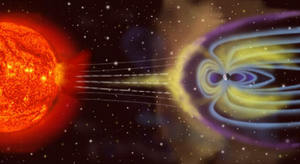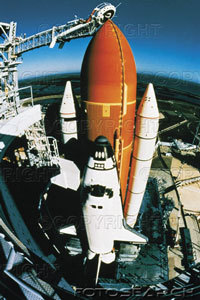Some bacterial cells can swim, morph into new forms and even become dangerously virulent - all without initial involvement of DNA. Yale University researchers describe July 18 in the journal
Science how bacteria accomplish this amazing feat - and in doing so provide a glimpse of what the earliest forms of life on Earth may have looked like.

|
| ©Yale University
|
| Ronald Breaker and the chemical structure of cyclic di-GMP.
|
To initiate many important functions, bacteria sometimes depend entirely upon ancient forms of RNA, once viewed simply as the chemical intermediary between DNA's instruction manual and the creation of proteins, said Ronald Breaker , the Henry Ford II Professor of Molecular, Cellular and Developmental Biology at Yale and senior author of the study.
Proteins carry out almost all of life's cellular functions today, but many scientists like Breaker believe this was not always the case and have found many examples in which RNA plays a surprisingly large role in regulating cellular activity. The
Science study illustrates that - in bacteria, at least - proteins are not always necessary to spur a host of fundamental cellular changes, a process Breaker believes was common on Earth some 4 billion years ago, well before DNA existed.




